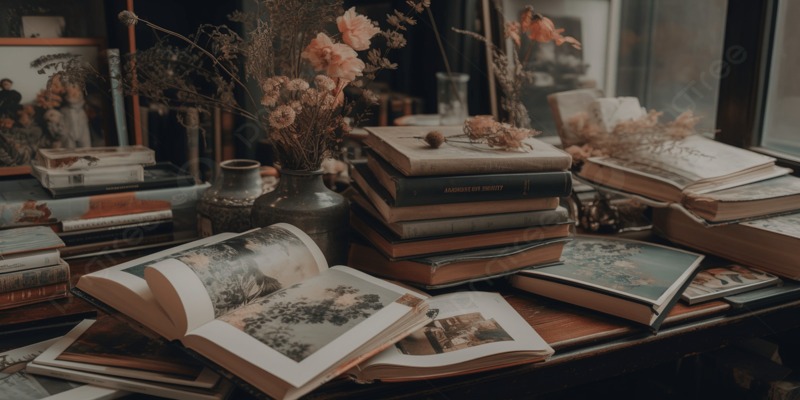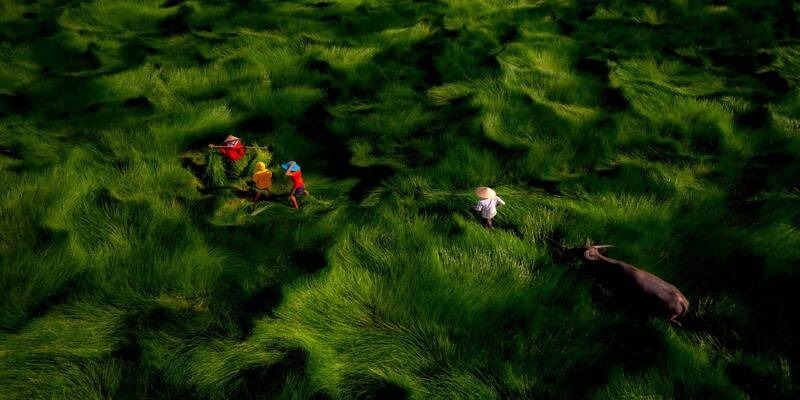Artistic Photography- Symbol of Creativity and Emotion

Art photography is a genre of photography that focuses on conveying emotions, ideas and aesthetic messages through images, going beyond the usual function of recording. This article C168 analyzes the aesthetic meaning, execution techniques and practical applications of art photography, helping you grasp the essence of the most creative genre of photography.
Aesthetic and cultural significance of art photography
Artistic photography not only captures images but also evokes emotions, questions society and expresses individual identity. It has profound aesthetic value, becoming a bridge between traditional art and modern technology.
Conveying emotions and social messages
Fine art photography uses images to tell stories, evoke strong emotions, and criticize society. A portrait of a refugee might convey the pain of war, while an abstract image with contrasting colors might express inner turmoil.
- Pure emotion: Portraits with deep eyes or lonely landscapes at sunset evoke sympathy from the viewer.
- Social criticism: Photo series about environmental pollution or gender inequality raise important questions about the modern world.
- Personal icons: Photographers use photos to express inner journeys, like Cindy Sherman’s self-portrait series about female identity.
Shaping cultural and contemporary trends
Art photographs reflect and shape culture, from the hippie movement of the 1960s to today’s meme culture. They become icons of their time, archived in museums and high-end photo books.
Some cultural examples:
- 1920s: Man Ray’s Dadaist photographs challenged traditional conventions.
- 1970s: War documentary photos by Vietnamese photographers record the nation’s history.
- Digital age: Artistic photos on Instagram with creative filters define Gen Z aesthetics.
Artistic photography is not only beautiful but also a living document of human evolution.
History of the development of art photography
Art photography has had a rich journey from the analog era to the digital age, with key turning points shaping the genre.
Early and modern periods (1839-1950)
Photography emerged as an independent art, separate from painting. The 1910s-1930s saw an explosion of art schools.
Some historical milestones:
- 1839: Louis Daguerre published the first photographic technique, opening the era of artistic photography.
- 1913: Alfred Stieglitz founded Gallery 291, the first place to exhibit photography as art.
- 1920s: Bauhaus and Surrealism influenced László Moholy-Nagy’s abstract photography.
- 1940s: Group f/64 with Ansel Adams defines artistic landscape photography.
Postwar and digital era (1950–present)
After World War II, art photography diversified with color and concept. Since 1990, digital technology has revolutionized the genre.
Some modern trends:
- 1960s: Pop Art influenced Andy Warhol and silkscreen printing.
- 1990s: Photoshop opens the era of creative post-production.
- 2010s: Smartphones and AI create democratized art.
- 2020s: NFTs turn fine art into valuable digital assets.
Art photography is constantly evolving but retains its original creative spirit.
Effective techniques for taking and editing artistic photos
Creating artistic images requires a combination of creative vision, technical expertise, and sophisticated post-production. Here are detailed instructions from basic to advanced.
Artistic photography techniques
Start with a clear idea and implement the right technique. Let’s go through the techniques:

- Choose a creative theme: From abstract portraits, still life with studio lighting to long exposure landscapes at dawn.
- Artistic lighting: Use sidelight to create dramatic shadows, or backlight for a magical halo effect.
- Camera settings: Shoot RAW, aperture f/2.8-f/5.6 for shallow depth of field, low ISO 100-400, tripod for long exposure 1-30 seconds.
- Unique perspective: Macro shots of detailed flowers, fisheye for a distorted wide angle, or drone aerial for a bird’s eye view.
In-depth post-production editing
Post-production is where your photos really shine, turning RAW into art.
Advanced editing steps:
- Basic: Exposure +0.5, Contrast +20, Highlights -30, Shadows +40 trong Lightroom.
- Creative colors: HSL adjusts warm skin tones, blue tones for mysterious skies.
- Artistic effects: Gradient filter darkens the corners of the image, Radial filter brightens the main subject.
- Advanced Photoshop: Layer mask blend mode, Frequency Separation smooths skin, Liquify creative distortion.
- Special effects: Double exposure combines two photos, Texture overlay adds old paper texture, Color grading cinematic LUTs.
Practicing 100 shots will help you master the process.
Conclude
Fine art photography is the pinnacle of visual creativity, transforming emotions into immortal images and stories into cultural heritage. From Chính Sách C168 profound aesthetic values, rich history to accessible modern techniques, this genre is not only for professionals but also for every creative enthusiast.
